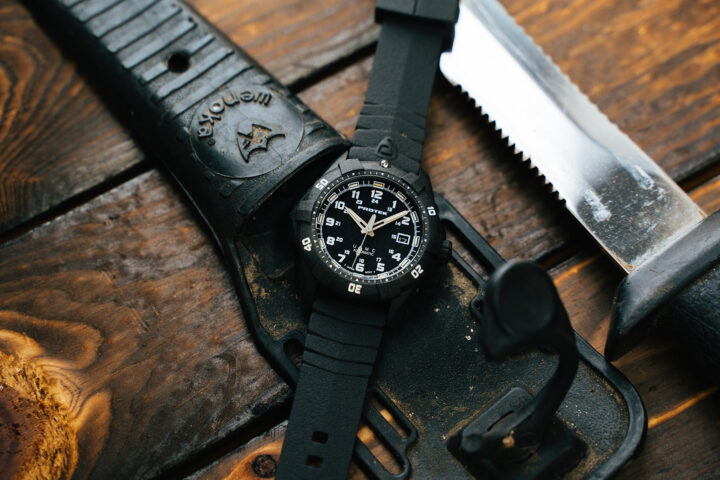by Michael Satterfield – 10/09/2019
The H-4 Hercules, better known as the “Spruce Goose” was built out of necessity in the shadow of World War II, as Allied ships were being decimated by German U-Boats. In 1942, the U.S. Government began the search for a heavy lift transport plane that could ferry men and equipment across the Atlantic. Henry J. Kaiser and Howard Hughes combined forces to create what would be the largest plane ever constructed, a title the H-4 would hold until 2017. Because of the war effort, exotic materials like aluminum couldn’t be used in the construction, so Hughes used birch to create a flying boat that could carry 150,000 lbs.
Giles and I have been fascinated by the story of the H-4 Hercules since childhood. The sheer ambition of building an aircraft on that scale using wood is remarkable. The Hercules is a true engineering triumph that pushed the boundaries of aeronautical design. It paved the way for the large aircraft we use today, and did it with style, panache and just a dash of Hollywood.
Howard Hughes was called before the Senate War Investigating Committee in 1947, Hughes had spent five years and $23 million (over $260 million today) of taxpayer dollars on a plane that never was put into service. The hearings were a public spectacle and Hughes defended himself declaring:
The Hercules was a monumental undertaking. It is the largest aircraft ever built. It is over five stories tall with a wingspan longer than a football field. That’s more than a city block. Now, I put the sweat of my life into this thing. I have my reputation all rolled up in it and I have stated several times that if it’s a failure, I’ll probably leave this country and never come back. And I mean it.
Hughes returned to California during a break in the Sentate Hearings and while the H-4 was never used in combat or commercial flight, on 2nd November 1947, just off the coast of Long Beach, California the H-4 took flight for around 30 seconds. The flight vindicated Hughes and the Spruce Goose, but it would never fly again.
To celebrate this aviation icon, British watchmaker Bremont has released a limited-edition timepiece, each one contains original birchwood from the fuselage of the iconic silver flying boat. Just 300 stainless steel, 75 rose gold, and 75 platinum pieces will be produced. The 25 jewel Bremont BWC/02 movement is based on the original proprietary automatic BWC/01 caliber built in partnership with movement house, La Joux Perret, and is housed in a beautifully finished 43mm case. A percentage of the proceeds from each limited edition will go towards to preservation of the aircraft at the Evergreen Aviation & Space Museum in McMinnville, Oregon, home of the Spruce Goose.
For more visit Bremont.com.

























